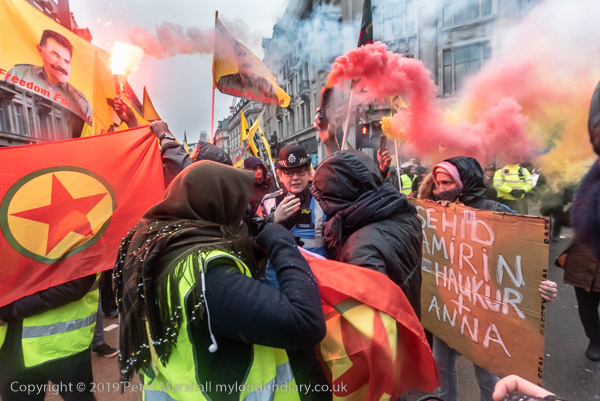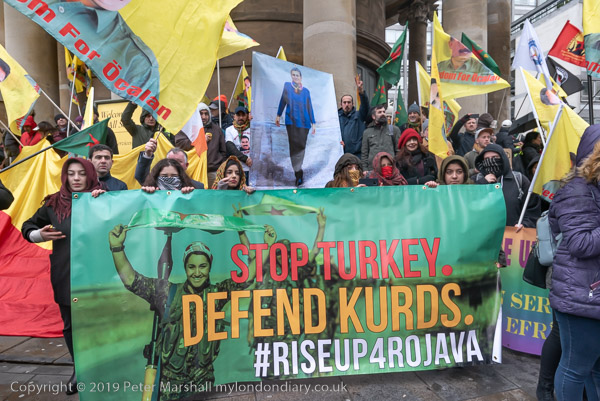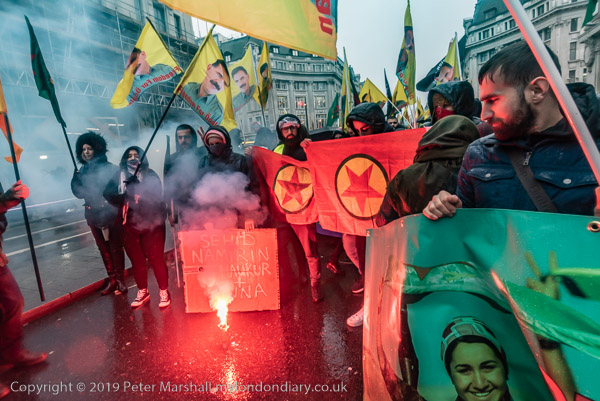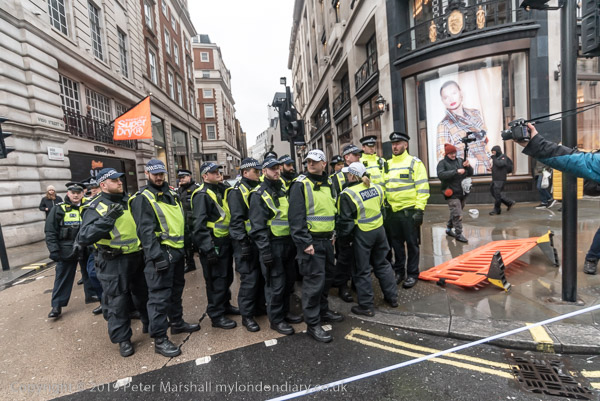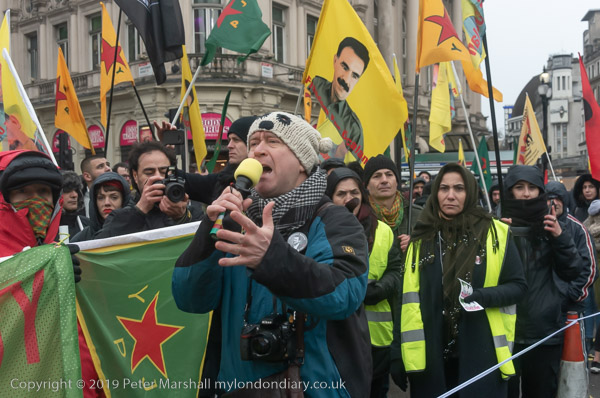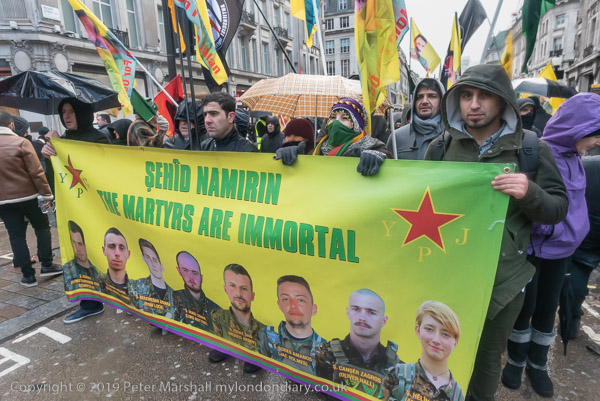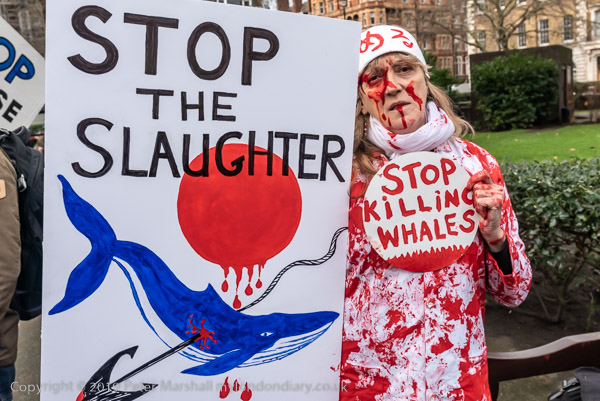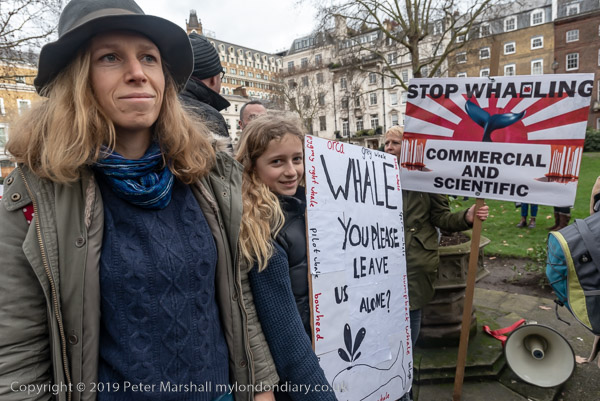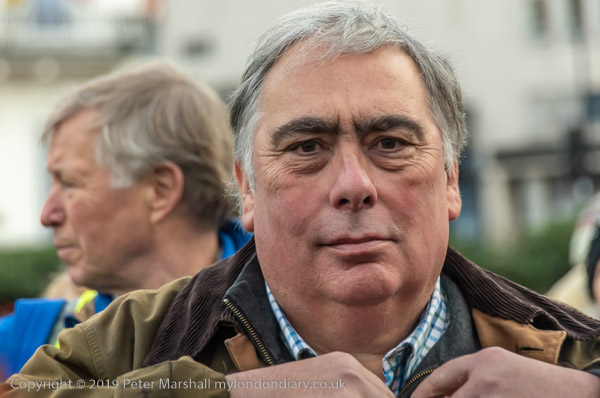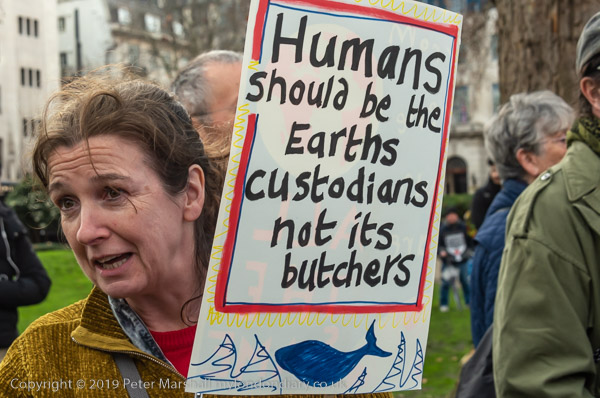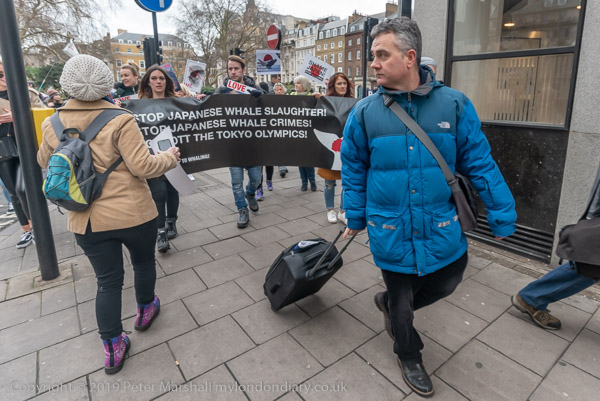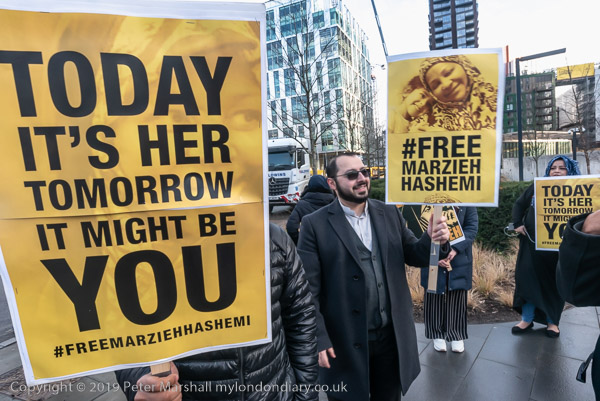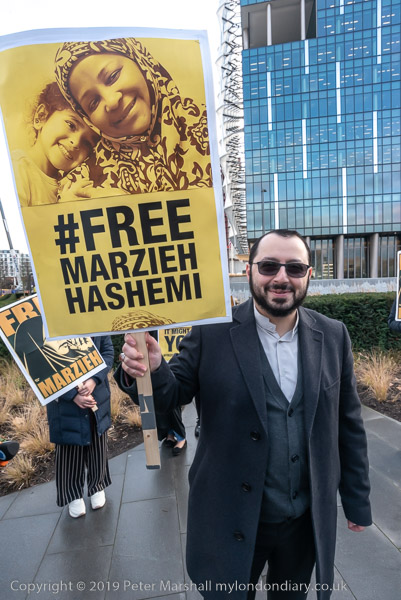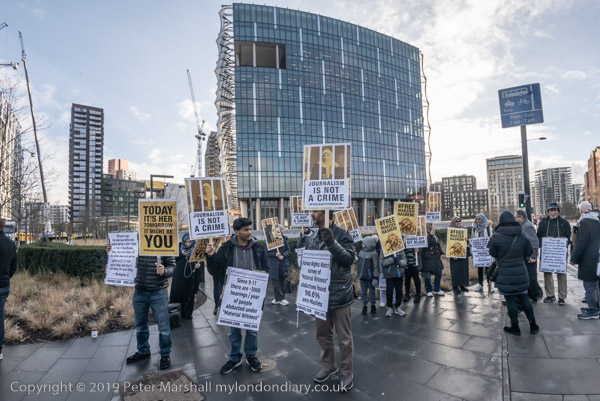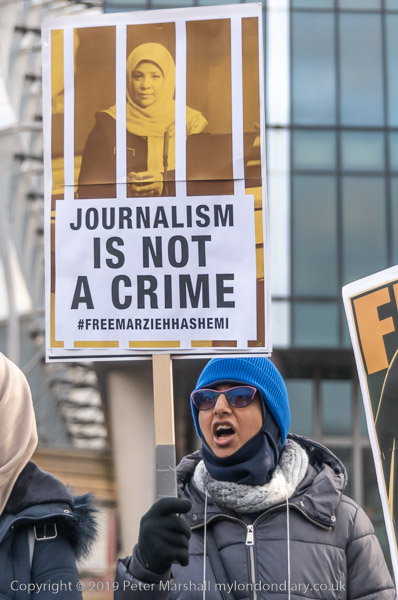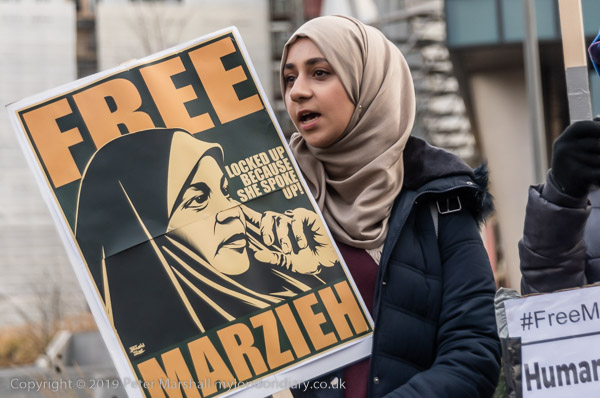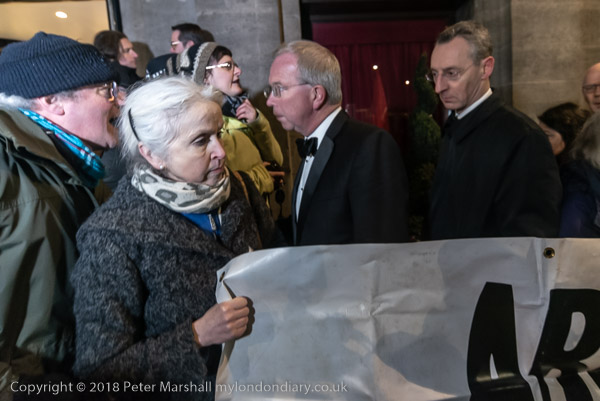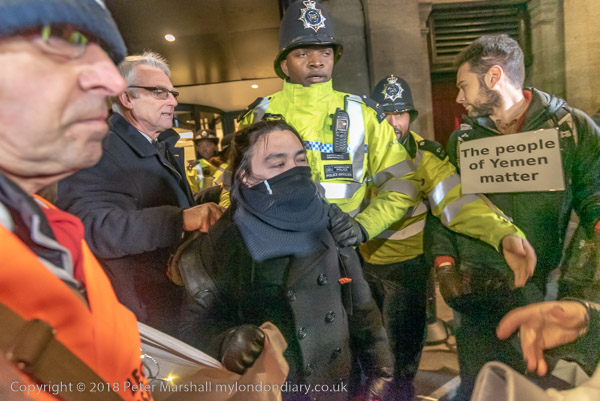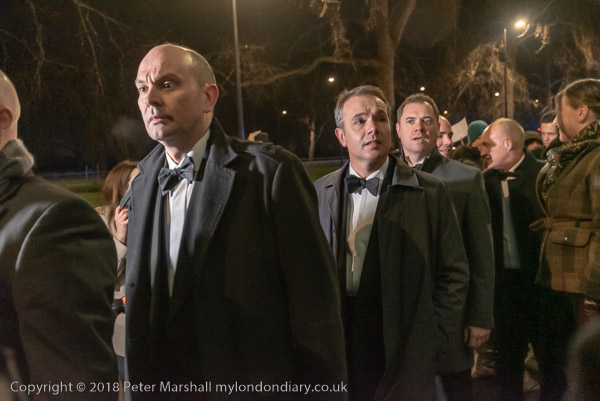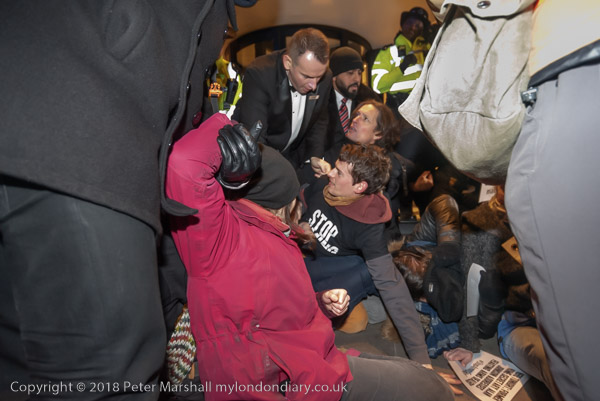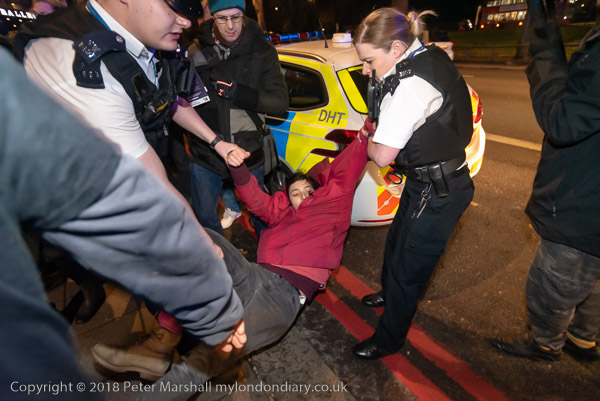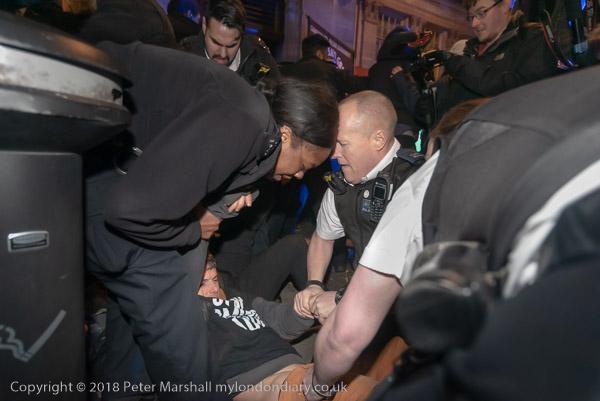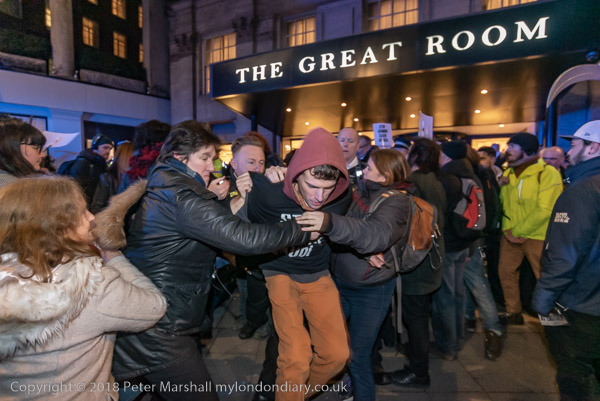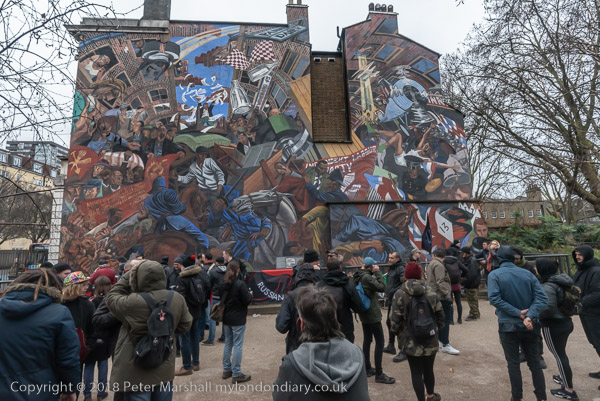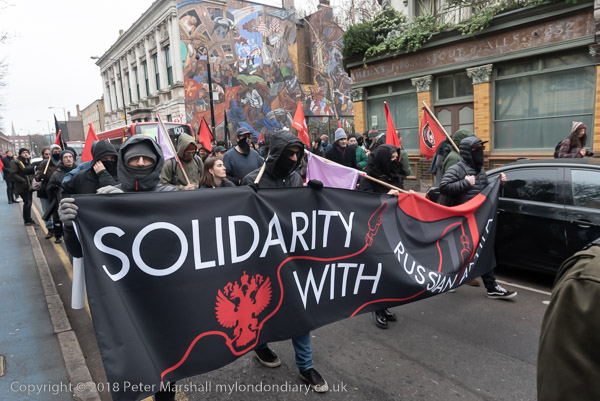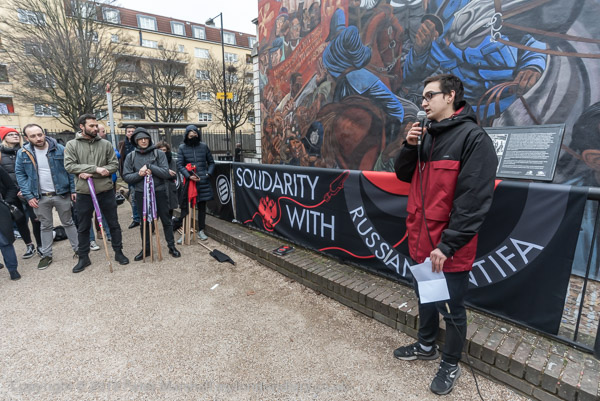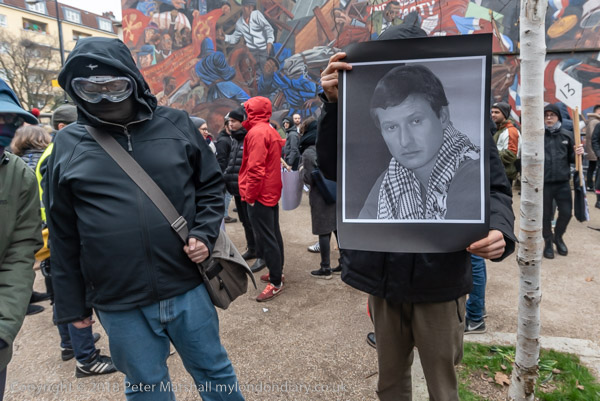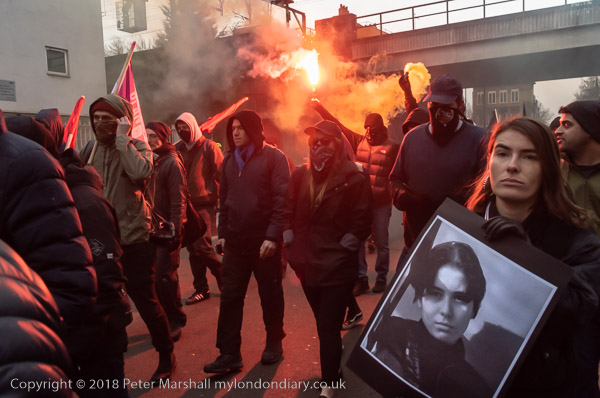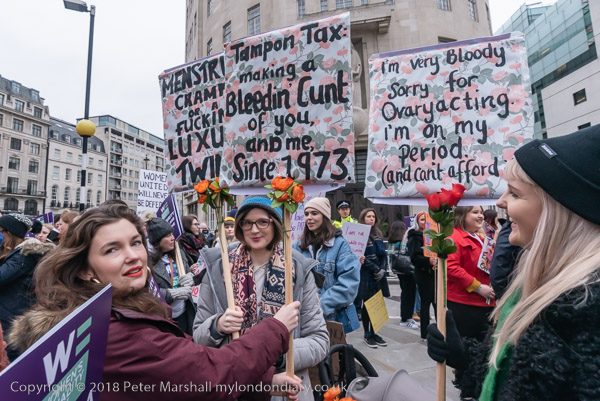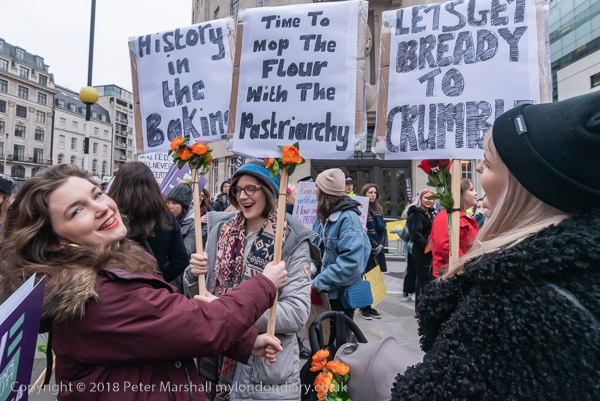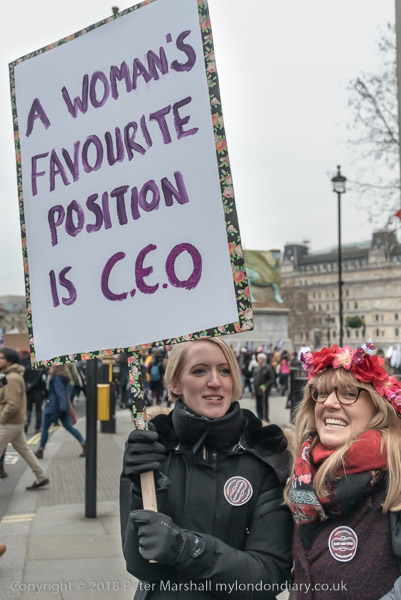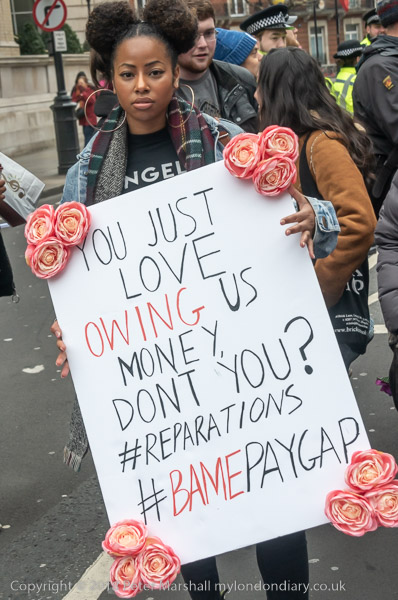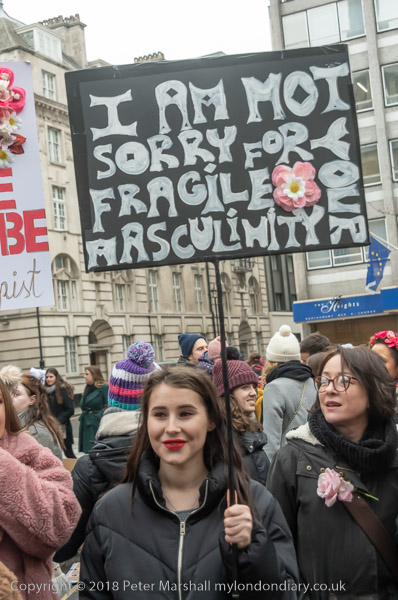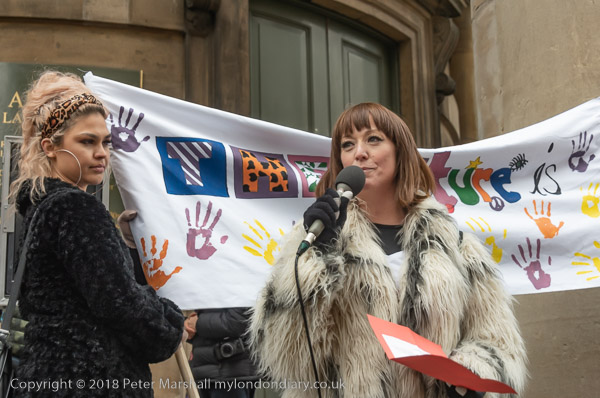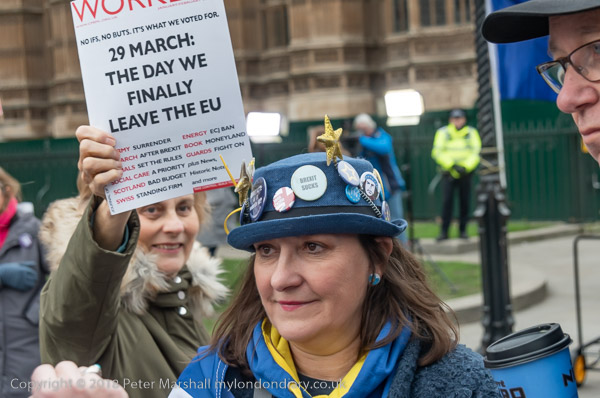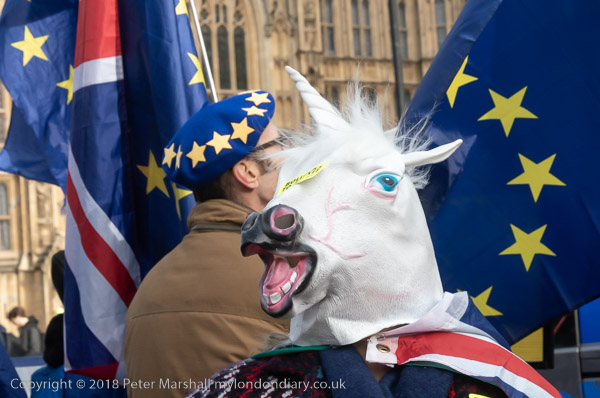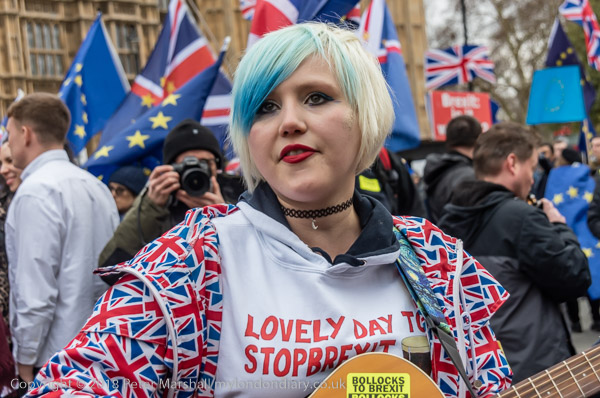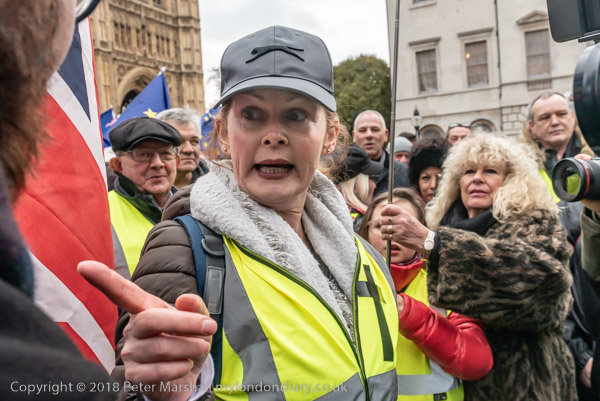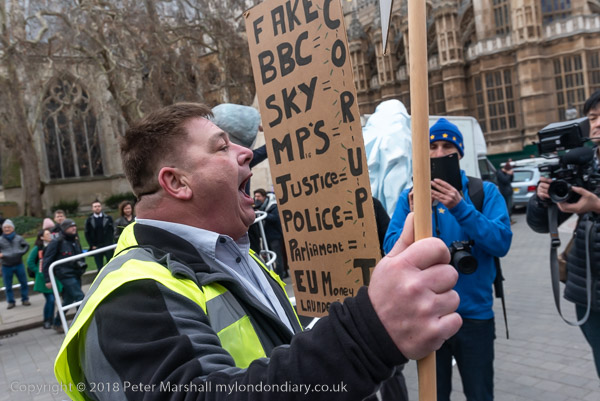Zeke Magazine is published by the Social Documentary Network and “presents outstanding documentary photography from the Social Documentary Network on topics of global concern.”
SDN was launched in October 2008, and “is for documentary photographers, editors, journalists, NGOs, lovers of photography and anyone else who believes that photography plays an important role in educating people about our world.” I signed up for a free membership back in 2008, but never got around to becoming a paying member, though probably I should have done. When it started I think it was free to submit work, and I seem to recall doing so, but soon there was a fee to retain the work on the site. It was, as they say, a modest fee, but I decided against it.
You can read more on their ‘About SDN‘ page which includes the following requirements for the images they publish:
- Aesthetic quality. The photographs must have a strong point of view and have a deliberate and meaningful composition.
- Documentary integrity. The images and the writing must avoid sensationalism, factual information must be accurate, and the images must be respectful of the subject and viewer.
- Technical quality of digital files (resolution, focus, exposure, etc.) Only fewer than 10% of exhibits are not approved and we work with a photographers to bring their exhibit up to the level required to go live. We do not edit or curate exhibits. The content on SDN is completely user-generated.
If I hadn’t already got an extensive web site – or rather several, including My London Diary and of course this blog I would probably have thought more seriously about becoming a paying member, making more submissions and paying the fees to keep them on-line. The membership page makes the benefits clear.
I still get the monthly newsletter, and this month’s links to an article in the Spring 2019 issue, which you can read online or susbscribe to get a print version. This is The Roma and Traveller Issue, with some fine documentary photography and some very informative articles.
I first became involved with travellers back in the 1960s – before I really took photos – when along with other students I went to protect them from eviction from one of the many cleared areas of derelict land close to the university in Manchester. We sat down to stop site clearance and were invited into several of their caravans for tea and conversation.
In more recent years I’ve been occasionally involved in Roma protests, visiting Dale Farm and in central London, but have never really photographed in depth, perhaps put off from doing so by several rather fine bodies of published work featuring them. The best known of these is of course by Magnum’s Josef Koudelka, very much a traveller himself (though not from the community); Zeke includes a largely positive review of the re-publication of that work, though having a copy of the 1975 book (the UK edition) I don’t feel the need to buy the new revised version, despite the apparently superior quality of its quadtone reproductions. Perhaps the more graphic nature of that earlier publication suits the pictures, though I’ve not yet been able to compare them directly.
